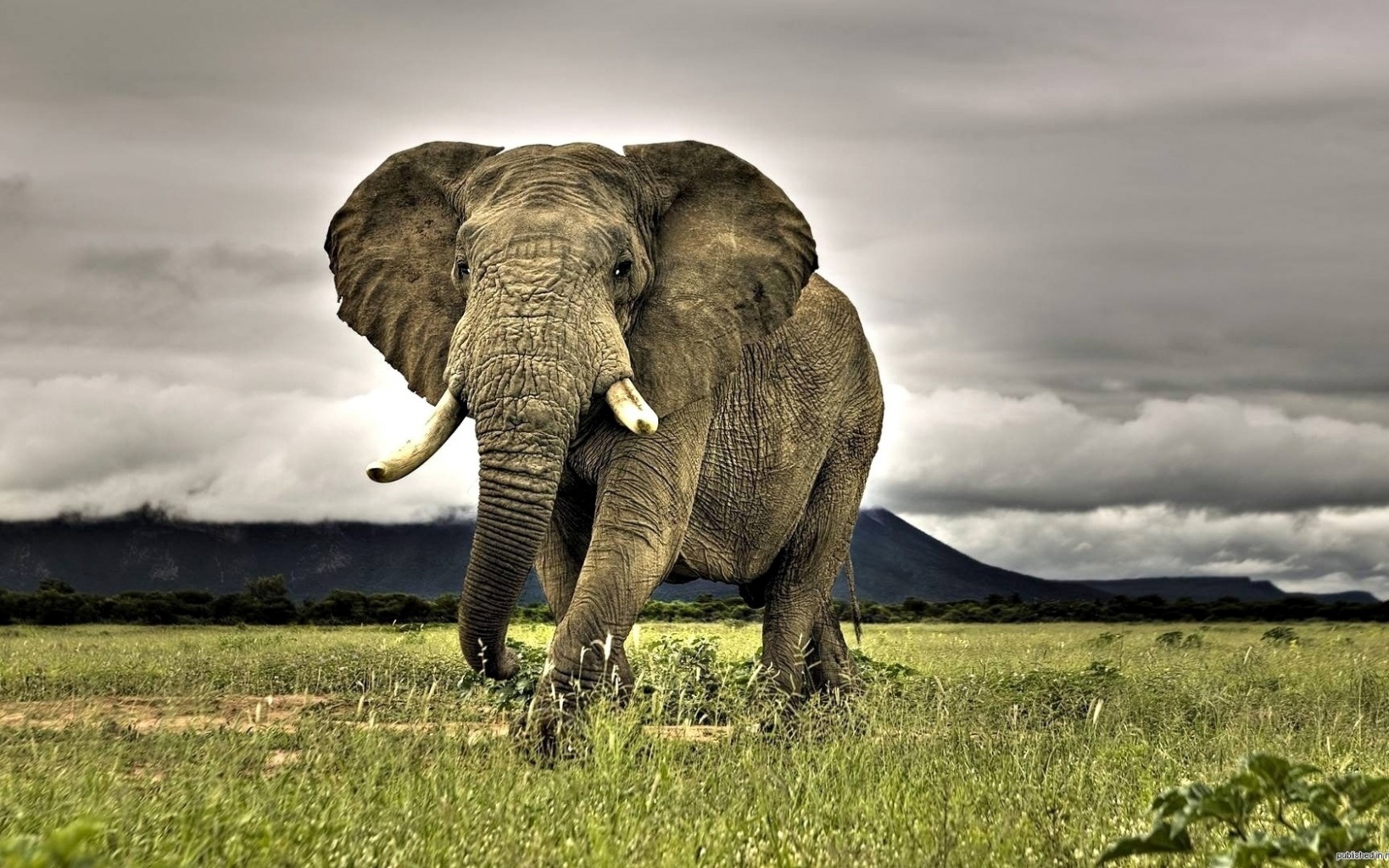The global ban on commercial ivory sales was imposed in 1989 to stop an upsurge of elephant poaching.
The number of African elephants had dropped from about 1.2 million to about 600,000 between 1979 and 1989, according to the Human Society International.
However, the U.N.’s Convention on International Trade in Endangered Species (CITES) gave Botswana, Namibia and Zimbabwe the greenlight to conduct a one-off sale of 49.4 metric tonnes of stockpiled ivory to Japan in 1999.
South Africa, Botswana, Namibia and Zimbabwe also exported 102 metric tonnes of government stockpiled ivory to Japan and China in 2008 with the blessings of CITES.
This unfortunately was followed by a surge in elephant poaching in Africa, which saw activists lobbying CITES for a complete ban of ivory trading.
Botswana, Namibia and Zimbabwe recently approached CITES, in Geneva asking for permission to export ivory seized from poachers and taken from animals that had died of natural causes or been put down by the state.
The move, they argue, is to raise money for conservation given the growing populations that are causing conflict with poor rural farmers.
However, CITES member countries voted overwhelmingly to reject the proposals to sell ivory.
“African elephants are in steep decline across much of the continent due to poaching for their ivory, and opening up any legal trade in ivory would complicate efforts to conserve them,” head of the CITES delegation for conservation group WWF, Ginette Hemley, was quoted by Reuters as saying early October.
“It could offer criminal syndicates new avenues to launder poached ivory, undermining law enforcement.”
Zimbabwe’s President Emmerson Mnangagwa had no kind words for the 183-country forum for its constant refusal to allow southern African countries sell their ivory.
“Our wild animals are being discussed in Geneva, an irrelevant place to the animals,” he was quoted as saying last August by the government daily, The Herald.
“They bar us from killing our animals for selling ivory, but they want us to protect them from being poached.
“Europeans have consumed all their animals, but they want to set rules for us who have managed to conserve theirs.”
Zimbabwe is said to have a 70 tonne ivory stockpile estimated to be worth $35 million. The country, which has an elephant population of 84,000 against its carrying capacity of 56,000, is permitted to issue licenses to commercial hunters to kill 500 elephants every year. However, most of the hunters take the tusks with them as trophies, Zimbabwe National Parks spokesperson Tinashe Farawo told AFP.
Namibian President Hage Geingob also said in August at an elephant summit that “we should not be victims of our success in conservation and the West must humble itself and learn conservation from us instead of lecturing us on what we ought to do”.
Namibia currently has 9.4 tonnes of stockpiled ivory valued at just above N$125 million ($8.6 million).
Botswana also lifted a five-year ban on hunting in May, saying the move would help control a booming elephant population that was damaging farmers' livelihoods.
“We cannot continue to be spectators while others debate and take decisions about our elephants,” President Mokgweetsi Masisi told a meeting of regional leaders earlier this year.
The move was roundly criticised by conservationists.
“The whole world is turning away from hunting. It is increasingly seen as an archaic practice. This is very, very damaging to the image of Botswana as a global leader in elephant conservation,” an expert and activist based in Kenya, Paula Kahumbu was quoted as saying in the British media.
Her country, Kenya, is one of the African countries against the resumption of the ivory trade on the basis that it will kindle demand and threaten its own elephants.
Kenya has for decades focused on wildlife-watching safaris and ecotourism as the main revenue streams from its big animals, instead of trophy hunting.
The East Africa destroyed 105 tonnes of ivory last April.
“Ivory belongs to the elephants and ivory is worth more on a live animal rather than a dead animal,” Kenya’s environment minister, Judi Wakhungu was quoted as saying by Reuters at the time.
While southern Africa is struggling with growing elephant population, East and Central African countries are experiencing the opposite, with Tanzania said to have lost around 60% of its population of the animals in the past decade.
The question is what will the southern African countries do, given CITES’ refusal to approval their requests?
There had been an option of selling live elephants to Asian zoos, especially Zimbabwe, but CITES recently announced a near total ban on that.
They also threatened to exit the grouping.
"A great disappointment, shocking outcomes," Botswana's Environment Minister Onkokame Kitso Mokaila was quoted by AFP as saying early September.
"I think CITES has long passed its sell-by date," he said, adding SADC needs "something else... that speaks to the issues of today."
Namibian Environment Minister Pohamba Shifeta said his country was also, “reconsidering our stay in CITES”.
With the stalemate going on with the no epilogue in sight, it won’t be a surprise should the southern African countries decide to quit CITES as they increasingly become frustrated by the ivory trade cul-de-sac.
A compromise is the only way out.


